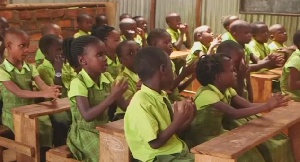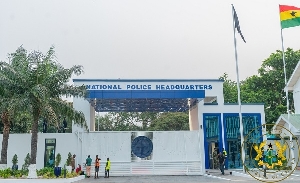Schools would have to be reopened. It might take weeks, months, or maybe a year, either way, students would get back to school. The uncertainty surrounding COVID-19 requires that enough plan is put in place to ensure the safety and well-being of teachers, students, and other educational workers in the school environment.
The focus of any plan should be to either prevent the spread of the virus on our school compounds or control/limit it's spread in the event it's detected.
The first important measure is to communicate a clear protocol on how to handle suspected cases on school compounds when detected. This is key to ensure the effective handling of the situation when they are identified.
However, measures such as:
1. Reducing class sizes by resorting to splitting large classes or employing the shift system. It is important to note that, splitting classes would require more teachers, and as such going for the shift system might be ideal.
2. To be able to practice social distancing to some extent in schools would also require that we make use of open spaces on school compounds such as football fields and assembly grounds. Again, schools close to church buildings can make use of these places to ensure that the relevant protocols are adhered to.
3. School gatherings such as morning assembly, worship, sports and all other competitions that would bring more students together and make it difficult to practice social distancing should be suspended for now.
4. The supply and adequate provision of all the needed health materials such as nose masks, hand sanitizers, Veronica buckets, etc. should be made available to all schools.
5. If possible, random checks should be carried out by health professionals under the guidance of the district health directorate as a monitoring mechanism in the schools.
6. It must be stated that, if feasible, the opening of the schools should be carried out in phases. We can ask all students in the graduating class (BECE and WASSCE candidates) alongside pupils at the early grade level to Basic 4.
The next phase should be the reopening of pupils from Basic 5 to 8 after the first set has vacated.
All these should be carried with the notion that we have an already distorted academic calendar which needs some urgency to achieve the needed restoration.
These are some of the possible propositions that can be interrogated when the need to plan for the possible reopening of our schools pop up. We should be guided by research reports on the negative impacts of closing schools for a longer period especially with a very weak educational system in developing countries.
The writer is the Acting Executive Director of the Institute of Education Studies (IFEST), an education think tank in Ghana. He is an Education economist and Education Policy Analyst, researcher, and curriculum expert.
Opinions of Tuesday, 19 May 2020
Columnist: Peter Anti Partey



















